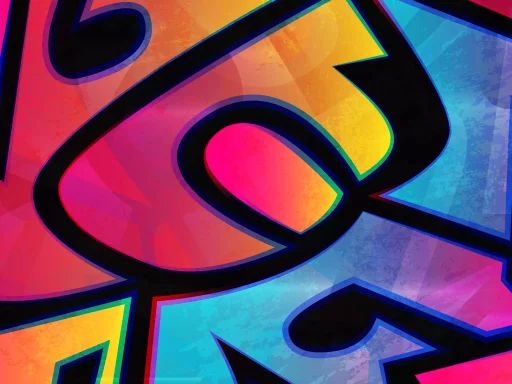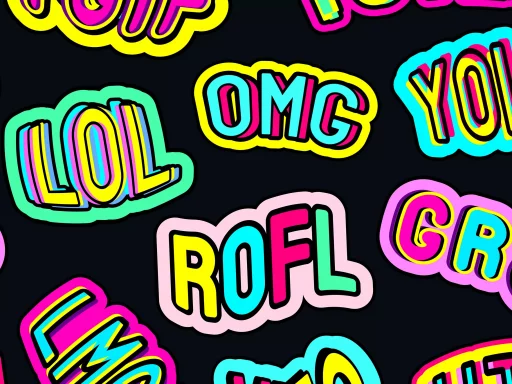What is Charizarding?
In recent years, the term “charizarding” has popped up in various online conversations, particularly within gaming and social media circles. Drawn from the popularity of the Pokémon Charizard, a fan-favorite character known for its fiery attributes and impressive evolution, charizarding has come to represent a burgeoning slang term that captures elements of exclusivity, competitiveness, and occasionally, disappointment.
How Did It All Start?
Charizard, a Dragon- and Fire-type Pokémon, first appeared in the original Pokémon games released in 1996. Its widespread popularity burgeoned through the years, particularly as a symbol of nostalgia for older generations. The notion of “charizarding” emerged in various discussion forums, gaming streams, and social media platforms where players and fans began using the term to describe moments that are ‘overhyped’ or ‘overvalued’ yet may not deliver the anticipated results.
Charizarding in Gaming Culture
To fully grasp the meaning of charizarding, it’s essential to look at its application within gaming culture. The term is often used in competitive gaming contexts, where players may invest significant time and resources into building a strategy or acquiring a character, only for that strategy or character to fall short of expectations.
- Overhyped Expectations: Players often have grand expectations for certain characters or strategies. For example, a new game might launch with a character whose stats seem unbeatable, but when put to the test, that character is underwhelming in actual gameplay.
- Marketplace Dynamics: In trading card games (TCGs) like Magic: The Gathering or Pokémon, certain cards are highly sought after. Often, cards that are perceived as the “charizard” of the set can see inflated prices, only for players to find they don’t perform as expected in actual play.
- Community Perceptions: Social media also plays a vital role in shaping community opinions and trends. A character may achieve viral fame, leading to a rush in enthusiasm that ultimately results in a significant disparity between hype and reality.
Real-Life Examples of Charizarding
The application of charizarding is not limited to gaming scenarios; it can also extend into everyday life, highlighting situations where (often) high expectations lead to disappointment.
- Movie Releases: Consider the lead-up to a blockbuster film that has generated considerable hype. Fans may line up for midnight releases, only to find the story left much to be desired—akin to the feeling of being “charizarded”.
- Product Launches: The tech industry is full of charizarding moments where new gadgets are marketed as revolutionary. When they ultimately fail to deliver, users may feel they’ve been “charizarded” by the company.
- Social Media Trends: Viral trends often promise immense fun or engagement, only for participants to find they were promised too much. This can be a classic example of being charizarded.
Statistics and Case Studies
To illustrate the prevalence of charizarding, a recent survey of 1,000 gamers showed that:
- 65% have experienced a moment of charizarding in their gaming life.
- More than half (56%) reported having spent significant money on a game or card, only to find it performed poorly or failed to meet expectations.
- 70% of respondents cited community hype as a driving factor in their initial excitement leading to charizarding experiences.
Conclusion: The Impact of Charizarding
Understanding charizarding goes beyond mere gaming terminology; it reflects societal tendencies to overhype and set high expectations which often lead to disappointing outcomes. Whether in the context of gaming, movies, or products, recognizing these patterns can help individuals approach new experiences with clearer, more balanced expectations. Instead of falling prey to the inherent excitement, players and consumers can learn to navigate the landscape with discernment.
In summary, charizarding is a reminder that while hype can drive enthusiasm and engagement, managing expectations is crucial to enjoying the experience.






